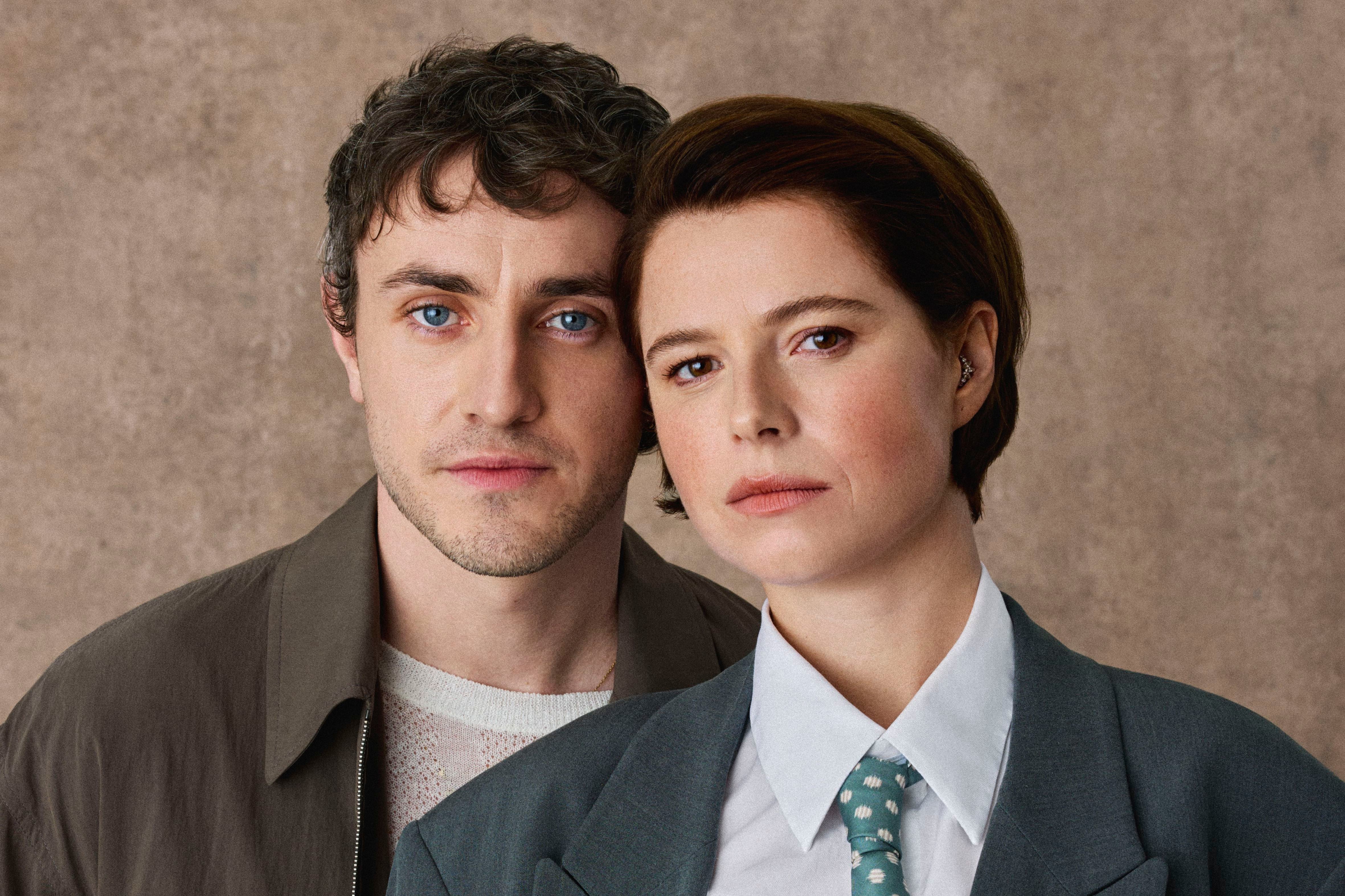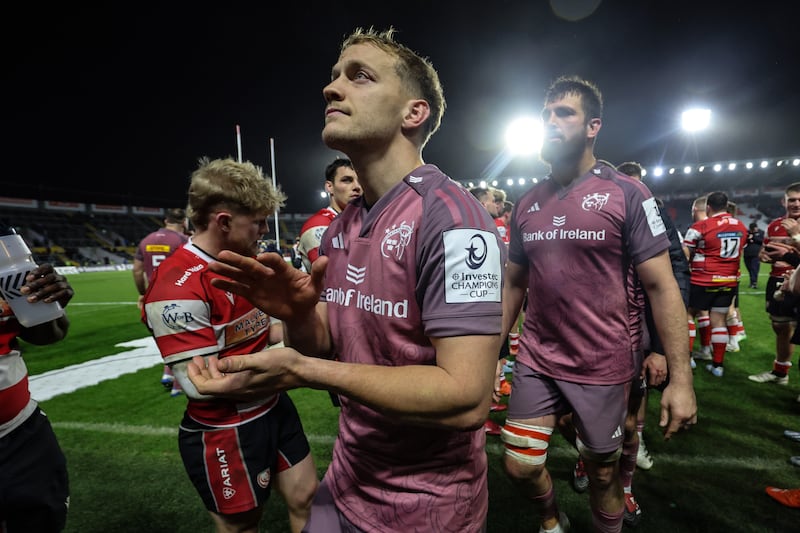The skateboarder and artist Michael McMaster took a break from skating near Convention Centre Dublin, on the city’s quays, at dusk to talk about his other creative practice, painting. McMaster, from Long Beach, California, but living in Stoneybatter in Dublin, is one of many skateboarders in Ireland whose visual art is making an impact in a local, DIY, community-building scene.
As a child McMaster was glued to skateboarding videos. “You’d see the most insane graphics back in the 1990s. I was always drawn to that: watching the videos and how they edited them, the photos, the skate magazines where even the ads might have these sick little illustrations. Watching skating is so much more than the skating itself. It’s about the music and the graphics, too.
“Back in the day there weren’t as many videos, and they weren’t as accessible. It’s not like now, where everything is instantly uploaded – which is great, but it can also lead to oversaturation. Before, when a video would come out, you’d watch it hundreds of times. People who grew up in that era, they’ll be, like, ‘I know every song, I know every trick, I know every graphic from those videos’.”

McMaster initially focused on his illustration work – often beautifully surreal, flamboyant interpretations of objects, people and animals – but about six years ago conversations with a friend prompted him to move more into painting. He now produces and sells work under the name Fanger Art. “I used to go and hang out with my buddy [the artist] Peter Doyle in his studio. He was, like, ‘Man, you should paint’.”
READ MORE
Originally, McMaster considered taking his illustrations – mostly black ink on paper – and replicating them as full-colour paintings, but ultimately he “started doing more expressionist and abstract stuff. I love the use of colour. Sometimes I feel I go overboard with it, but I really enjoy testing how much you can put into a painting without it being overbearing.”
The cost of materials also had an impact on his process. “It’s really expensive to paint. So I’d have canvases of paintings that I’d finish, and I’d just be looking at them in my room, and then start to go over them again … The way my brain works is I keep changing my mind every couple of minutes, so I’ll paint over, keep going, paint over, keep going, and then have some moment of restraint, stop, and take a few days and see if it’s the right direction.
‘As with most things, if it’s not fun I don’t really like doing it. That’s hard for regular life, but for art, if it’s not fun, I’m not going to force myself’
— Michael McMaster, skateboarder and artist
“It’s all about experimenting for me, I think. It’s a freeing experience. There are no rules. In the beginning when I was painting, you’re comparing yourself to other people and traditional styles. But now I just really enjoy what it does for me … There’s no wrong brushstroke; there’s no wrong colour.”
Last December McMaster had his first solo show, Blackouts and Reflections, at Copper House Gallery in Dublin. Working mostly with acrylic paint, he got the idea for that exhibition from pondering two pieces he was working on simultaneously. “I thought, what if I combine these together, almost like a mirror image?”
He set about doing that literally, taking one canvas, flipping it on to another, stepping on it, and seeing what emerged, “like inkblots as a kid. You paint one on one side, and have an image on the other. So loads of colour all over, carved-out bits, white space left open, creating these images that I’d stare at until I’d see something, and then define it more.”
Two contrasting pieces would eventually emerge, one sometimes a soft explosion of colour, another as an image with a “blacked-out” background. In June another exhibition, Guileless, was mounted at the Stay True tattoo studio in Temple Bar in Dublin.

Skate culture has a long and influential legacy of graphic design, illustration, apparel design, printing and publication design, photography, street art and film-making. The aesthetics across skate culture, from videos to graphics, have long permeated broader popular culture. And a huge number of skaters are also artists, whether their work is intrinsically linked to skating or goes beyond it.
In Ireland, obvious touchstones are the photography of Rich Gilligan, and the multidisciplinary work of Niall Cullen, also known as Kurb Junki, whose work went from the walls of Dublin streets to the Model in Sligo, SO Fine Art Editions, Cill Rialaig Arts Centre and, in an incredible exhibition, Evolve, at a house on North Circular Road in Dublin. Cullen’s work includes mixed-media visual art, film, sculpture, painted murals and projected murals.
There’s also the Irish skate magazine Goblin, which describes its ethos by saying, “Skateboarding is not simply the act of skating itself but, rather, a host of different elements that need each other to thrive. Music, artwork, photography, videography and social commentary all have their unique place within skateboarding.”
An early inspiration for McMaster was the skater and artist Mark Gonzales, aka Gonz. “All his stuff for [the skate brand] Krooked, board graphics were a big influence on my art.” A few years ago McMaster founded the skate brand Floral with Naoise McCarthy. “It was a dream come true,” says McMaster. “As a kid, you’re like: I’d love to make my own skateboard brand. Starting a new brand during Covid was difficult, but it had such a good response.”
For now McMaster continues to make art for himself. “As with most things, if it’s not fun I don’t really like doing it. That’s hard for regular life, but for art, if it’s not fun, I’m not going to force myself,” he says. “I’m not looking to blow up and be famous. I’m just stoked to show people my stuff. I’m hyped when I see random people come in [to an exhibition] off the street, and my friends come in and be supportive … I want my style to be ever changing, because I grow a little bit with each style. That’s what’s important.”




















